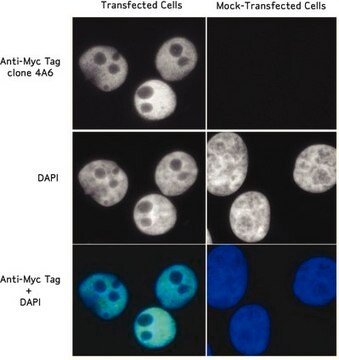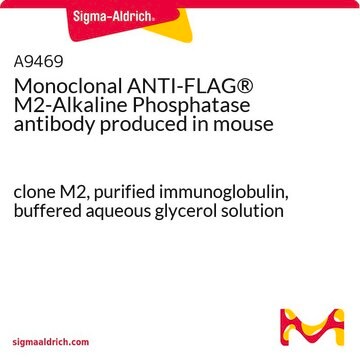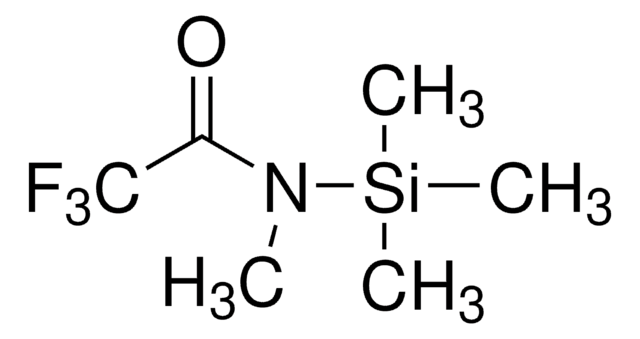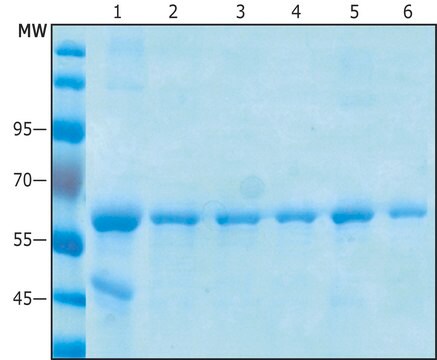A5963
Anti-c-Myc−Alkaline Phosphatase antibody, Mouse monoclonal
clone 9E10, purified from hybridoma cell culture
Synonym(s):
Anti-c-Myc, Monoclonal Anti-c-Myc−Alkaline Phosphatase antibody produced in mouse
About This Item
Recommended Products
biological source
mouse
conjugate
alkaline phosphatase conjugate
antibody form
purified immunoglobulin
antibody product type
primary antibodies
clone
9E10, monoclonal
form
buffered aqueous glycerol solution
species reactivity
human
technique(s)
ELISA: suitable
immunohistochemistry (formalin-fixed, paraffin-embedded sections): suitable
western blot: 1:100 using a myc-tagged fusion protein.
isotype
IgG1
UniProt accession no.
storage temp.
2-8°C
target post-translational modification
unmodified
Gene Information
human ... MYC(4609)
Looking for similar products? Visit Product Comparison Guide
Related Categories
General description
Immunogen
Application
- enzyme linked immunosorbent assay (ELISA)
- immunohistochemical labeling
- immunostaining
- western blotting
Biochem/physiol Actions
Physical form
Disclaimer
Not finding the right product?
Try our Product Selector Tool.
Storage Class Code
10 - Combustible liquids
WGK
WGK 2
Flash Point(F)
Not applicable
Flash Point(C)
Not applicable
Personal Protective Equipment
Choose from one of the most recent versions:
Already Own This Product?
Find documentation for the products that you have recently purchased in the Document Library.
Our team of scientists has experience in all areas of research including Life Science, Material Science, Chemical Synthesis, Chromatography, Analytical and many others.
Contact Technical Service







